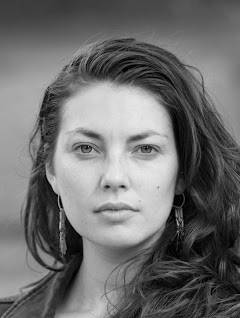Beat
Women’s rights, social conflict
One Shot

“This image means a lot to me because it represents the rage and power that all women can feel in the face of oppression.”
Profile
I studied fine art before graduating in photography. I worked with a local photographer who taught me the rudiments of photography, and then went to Paris to work in the fashion industry, which allowed me to cultivate my eye. But it was Latin America that trained me in photojournalism and from there my true vocation was born.
As a teenager, my ambition was to find a profession that would combine social work, art and travel. When I saw Robert Capa's photos, I understood that the photojournalist's job would be the one that would suit me.
My first assignment for Reuters was covering International Women's Rights Day in Mexico City. It was an extremely emotional day. I remember being very stressed before the coverage but then being completely carried away by the energy of the struggle of Mexican women.
My coverage of the mothers searching for their missing children in Mexico was for me one of the most emblematic experiences of my career, because it is reportage that was built over more than four years of work. I had the opportunity to create very close ties with the different families and to learn a lot from their stories. They are all women who have inspired me by their strength and their courage.
I have great respect for Veronique de Viguerie, a French photojournalist. She approaches subjects with a deep understanding and a great sensitivity. She treats social conflicts with a lot of poetry.
The biggest lesson I have learned is that patience and listening are the best allies.
Behind the Scenes

